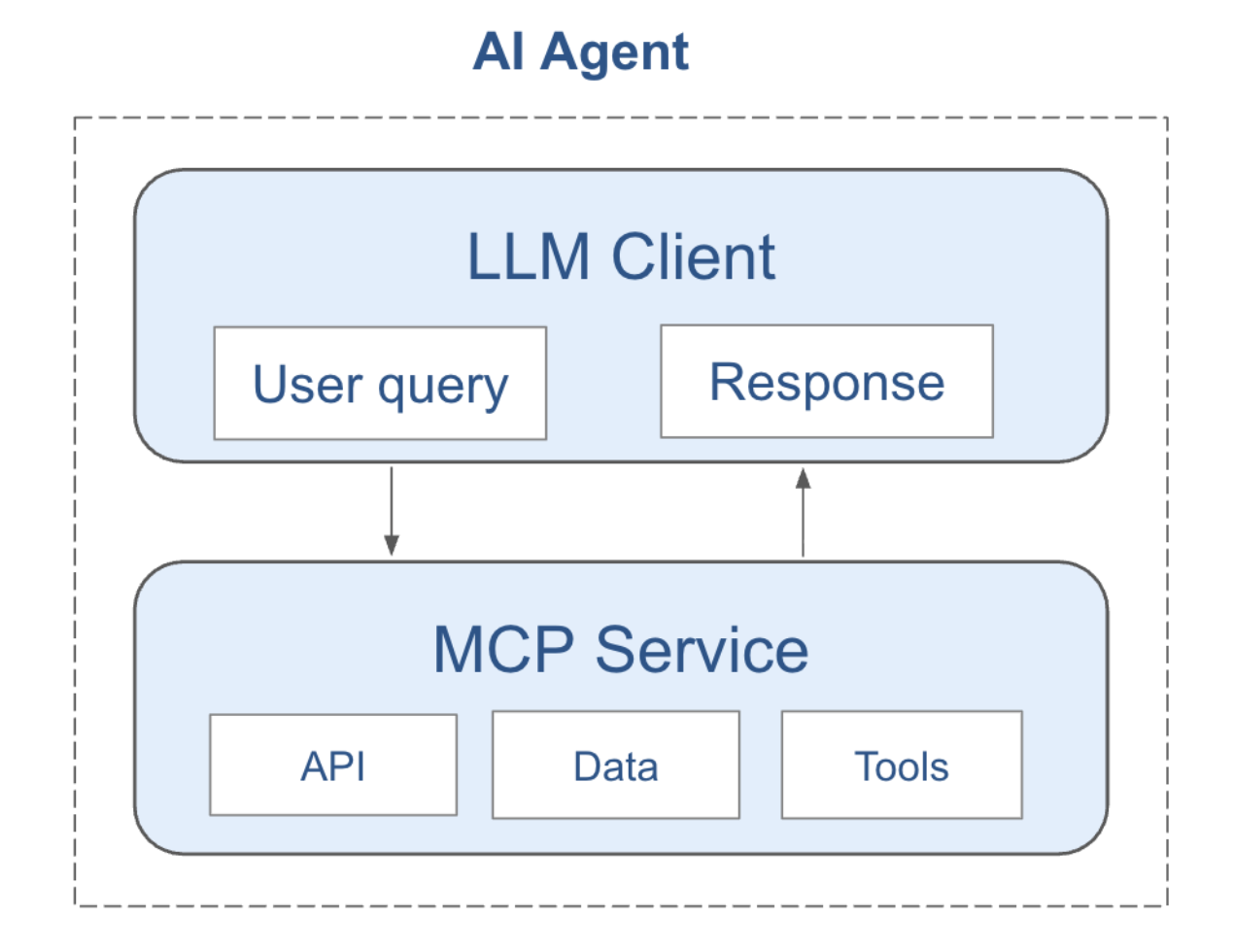
December 11, 2023
December 11, 2023
Salient’s Top Ten Predictions for the S2S Weather Sector in 2024

At Salient, our AI-based modeling approach identifies and weights medium and long range teleconnections to generate the most reliable and accurate weather forecasts available from 2 weeks to 1 year in the future - the subseasonal-to-seasonal (S2S) timescale.
Similarly, if we extrapolate from customer and scientific community signals that we see and hear every day, we think a good qualitative forecast of the S2S weather sector is possible. Of course, there is no backtesting of these qualitative predictions available today, so take our perspective with a grain of salt 🧂!
Here it goes … Salient’s top ten predictions for the S2S weather sector in 2024:
- With rapidly improving S2S skill, the value of superior forecasting will become clear to decision-makers currently relying on climatology (historical averages). This will accelerate market adoption of S2S forecasts, but not quite to the point of mainstream … yet.
- AI-based S2S forecast accuracy and reliability will continue to distance itself from traditional / dynamical approaches. In 2024, the already significant skill delta will increase by 10+% CRPS (continuous ranked probability score) in certain locations / timescales / metrics.
- Beyond traditional modeling approaches, AI-based S2S forecasting will become an important tool for forward-thinking, sophisticated weather data users who will gain an understanding of AI’s possibilities at this timescale.
- Meteorologists who are overly skeptical of AI and S2S will, unfortunately, fall behind their forward-thinking counterparts, and new AI explainability frameworks will emerge and be implemented to satisfy their need to understand physical teleconnections.
- Many deterministic weather-driven decision models (e.g., crop yield, supply chain, trading) will be refactored to become probabilistic to match rapid innovations in probabilistic weather forecasts.
- Simplistic historical analog approaches in S2S will start to be seen as insufficient and legacy by the market.
- Government agencies will increase their commitment to AI in S2S forecasting. Partnerships with the private sector will be necessary for progress.
- The research community will continue to push the envelope in uncovering signals for disruptive weather events, such as temperature whiplashes and flash droughts, in S2S timescales.
- Decision-makers and modelers will continue to hone their thinking about the most appropriate baselines (e.g., 30-year, 10-year, 5-year) for calculating anomalies (delta from norms), and they will trend toward increasingly recent reference periods.
- The private sector, public sector, and society at large will benefit from all of the trends above by improving resilience to a climate that is becoming increasingly volatile.
We look forward to another year of forward progress in the S2S sector. Salient - alongside its customers, collaborators, and the rest of the S2S community - will manifest this forecast over the coming year. And, here’s hoping for some positive anomalies along the way!
December 11, 2023
December 11, 2023
Salient’s Top Ten Predictions for the S2S Weather Sector in 2024

At Salient, our AI-based modeling approach identifies and weights medium and long range teleconnections to generate the most reliable and accurate weather forecasts available from 2 weeks to 1 year in the future - the subseasonal-to-seasonal (S2S) timescale.
Similarly, if we extrapolate from customer and scientific community signals that we see and hear every day, we think a good qualitative forecast of the S2S weather sector is possible. Of course, there is no backtesting of these qualitative predictions available today, so take our perspective with a grain of salt 🧂!
Here it goes … Salient’s top ten predictions for the S2S weather sector in 2024:
- With rapidly improving S2S skill, the value of superior forecasting will become clear to decision-makers currently relying on climatology (historical averages). This will accelerate market adoption of S2S forecasts, but not quite to the point of mainstream … yet.
- AI-based S2S forecast accuracy and reliability will continue to distance itself from traditional / dynamical approaches. In 2024, the already significant skill delta will increase by 10+% CRPS (continuous ranked probability score) in certain locations / timescales / metrics.
- Beyond traditional modeling approaches, AI-based S2S forecasting will become an important tool for forward-thinking, sophisticated weather data users who will gain an understanding of AI’s possibilities at this timescale.
- Meteorologists who are overly skeptical of AI and S2S will, unfortunately, fall behind their forward-thinking counterparts, and new AI explainability frameworks will emerge and be implemented to satisfy their need to understand physical teleconnections.
- Many deterministic weather-driven decision models (e.g., crop yield, supply chain, trading) will be refactored to become probabilistic to match rapid innovations in probabilistic weather forecasts.
- Simplistic historical analog approaches in S2S will start to be seen as insufficient and legacy by the market.
- Government agencies will increase their commitment to AI in S2S forecasting. Partnerships with the private sector will be necessary for progress.
- The research community will continue to push the envelope in uncovering signals for disruptive weather events, such as temperature whiplashes and flash droughts, in S2S timescales.
- Decision-makers and modelers will continue to hone their thinking about the most appropriate baselines (e.g., 30-year, 10-year, 5-year) for calculating anomalies (delta from norms), and they will trend toward increasingly recent reference periods.
- The private sector, public sector, and society at large will benefit from all of the trends above by improving resilience to a climate that is becoming increasingly volatile.
We look forward to another year of forward progress in the S2S sector. Salient - alongside its customers, collaborators, and the rest of the S2S community - will manifest this forecast over the coming year. And, here’s hoping for some positive anomalies along the way!
About Salient
Salient combines ocean and land-surface data with machine learning and climate expertise to deliver accurate and reliable subseasonal-to-seasonal weather forecasts and industry insights—two to 52 weeks in advance. Bringing together leading experts in physical oceanography, climatology and the global water cycle, machine learning, and AI, Salient helps enterprise clients improve resiliency, increase preparedness, and make better decisions in the face of a rapidly changing climate. Learn more at www.salientpredictions.com and follow on LinkedIn and X.



